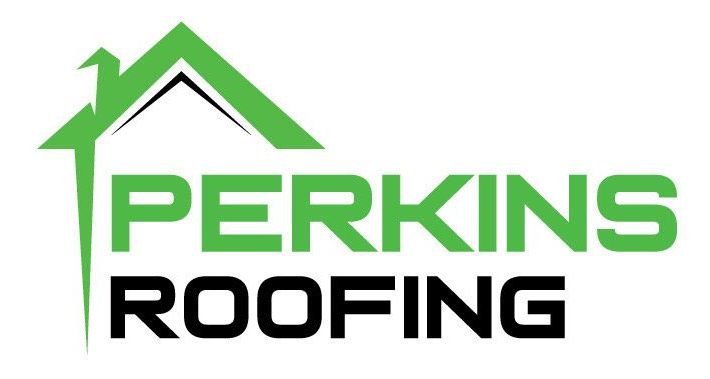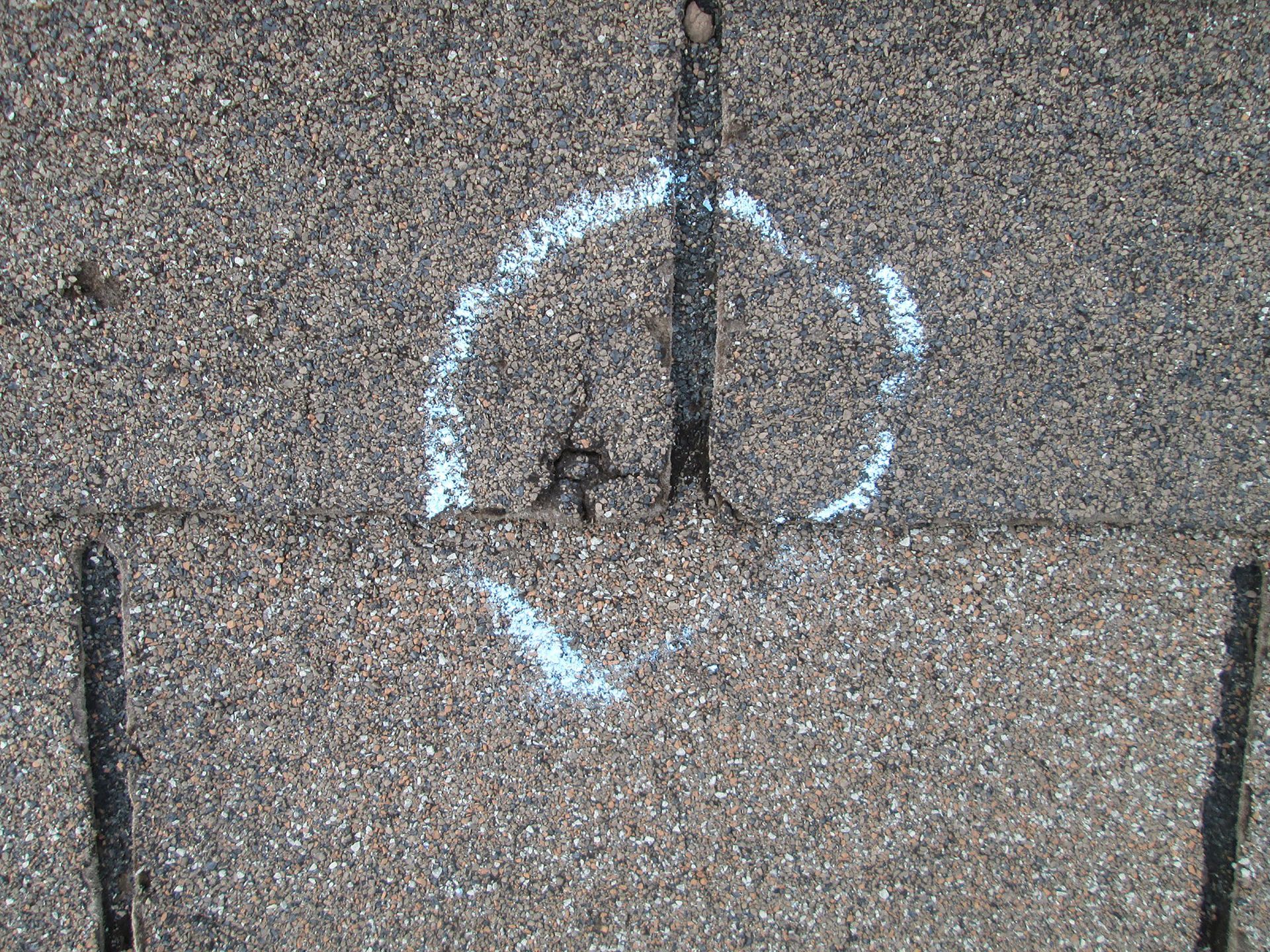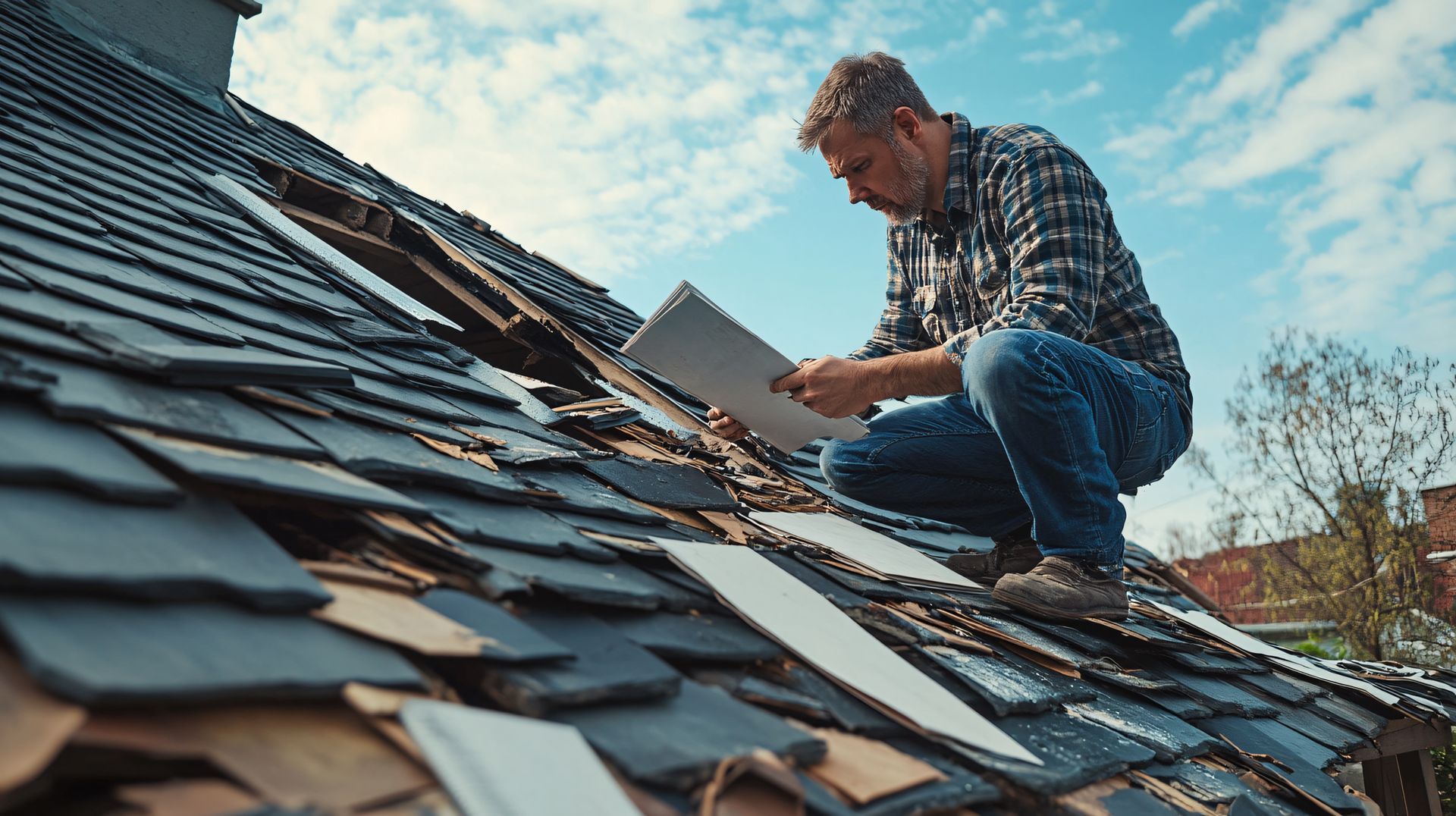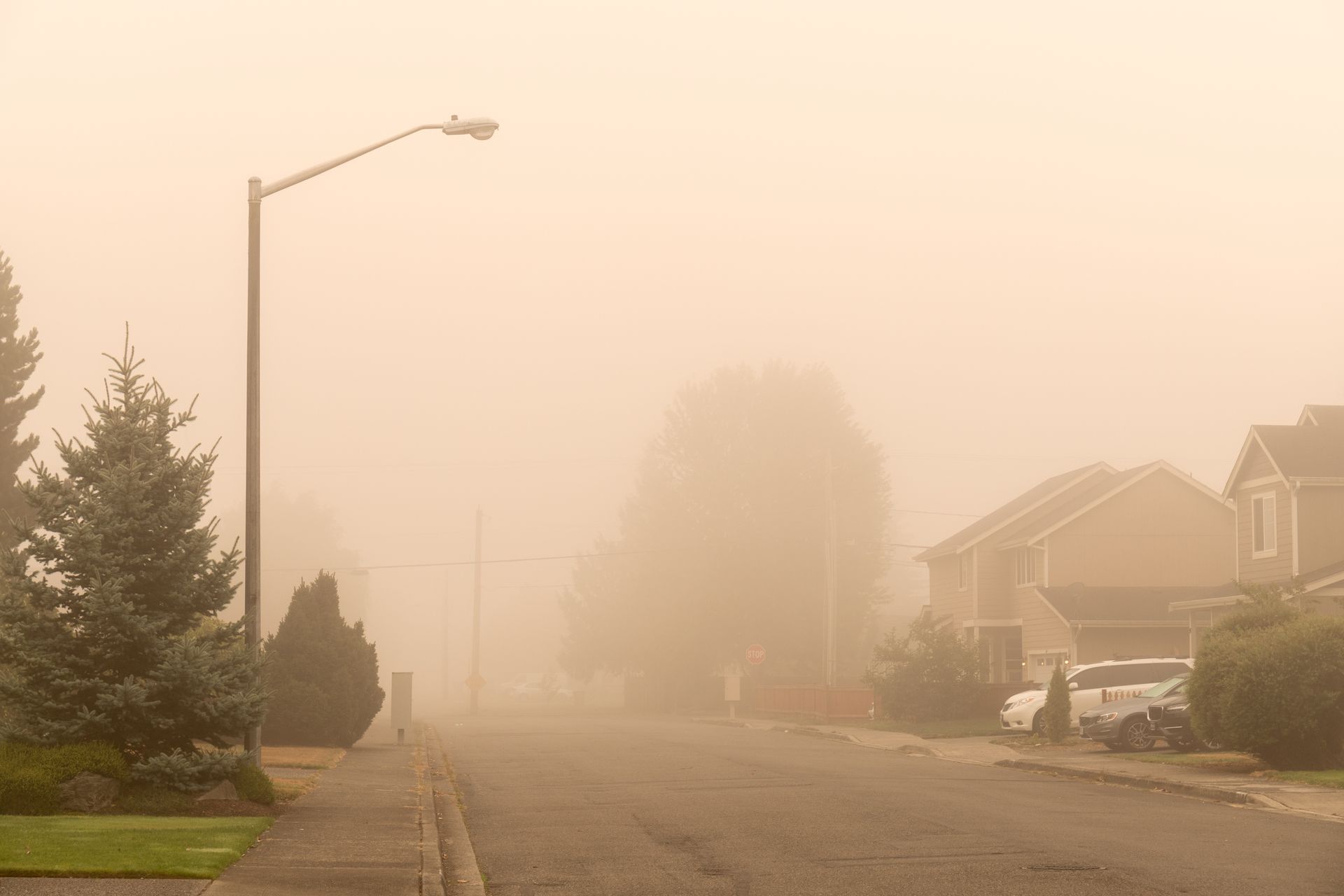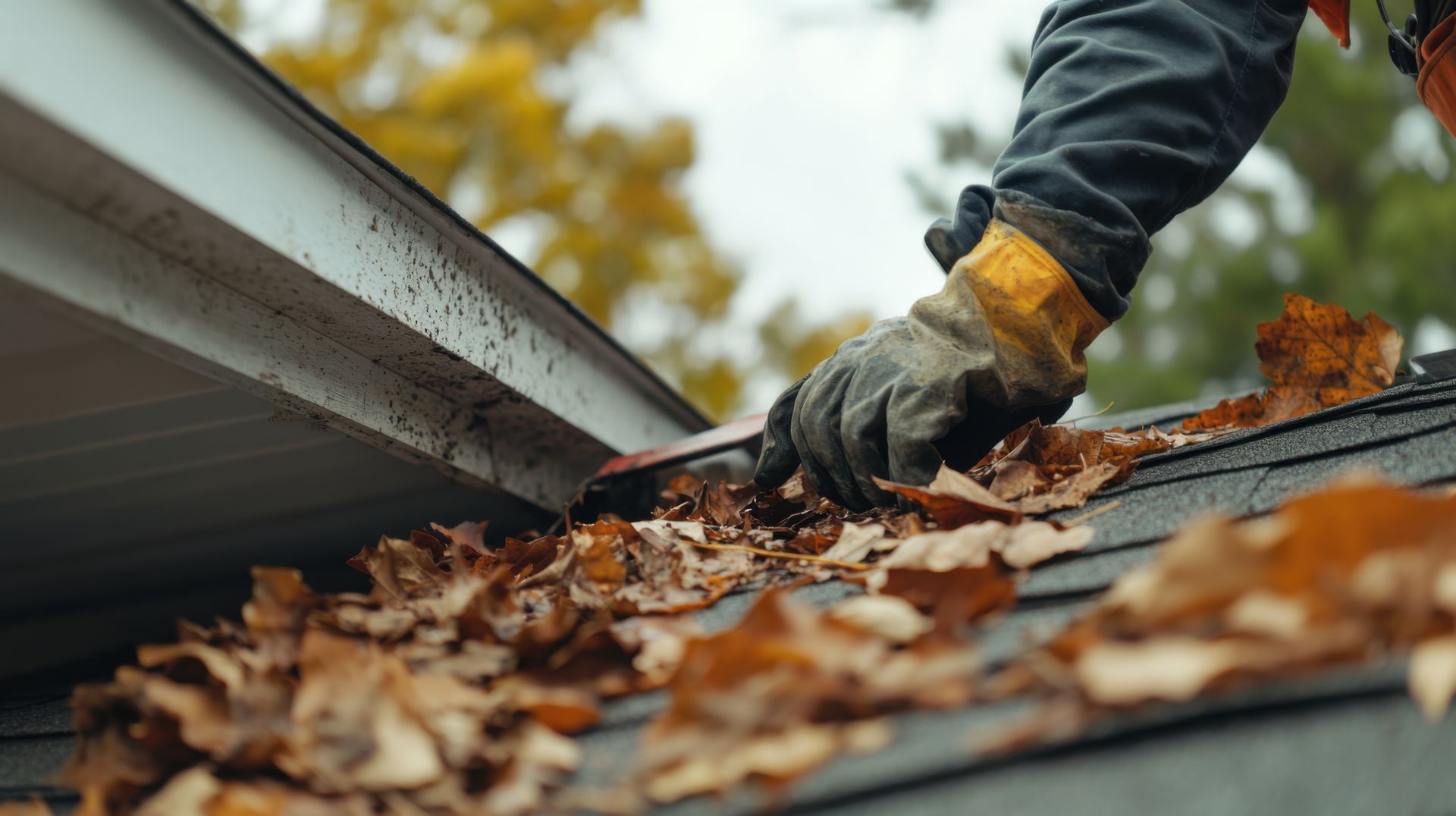Flat vs. Pitched Roofs: Which Performs Best in The Woodlands’ Summer Storms?

In The Woodlands, Texas, summer storms often roll in fast and furious, bringing heavy rain, powerful wind gusts and the occasional bout of damaging hail. While most residential homes in the area feature pitched roofs, it’s not uncommon to see flat roof sections over patios, carports or additions. Each type handles water and wind differently, but flat roof sections often take more punishment during severe weather.
Hail Resistance: Materials Matter More Than Shape
Hail is arguably the most destructive Texas storm element for roofs. When it comes to protecting your home from hail damage, the roofing material you choose matters more than the pitch of the roof.
- Pitched Roofs: Pitched roofs with asphalt shingles are more vulnerable to hail damage, especially if the shingles are older or have lost their protective granules. However, upgraded materials like impact-resistant Class 4 shingles or standing seam metal roofing offer significantly better performance against hailstones.
- Flat Roofs: Flat roofs typically have TPO, modified bitumen or built-up roofing systems installed and tend to be more durable in hail-prone areas. TPO (thermoplastic polyolefin), for example, is a single-ply membrane with flexibility and toughness that can absorb hail impacts better than standard shingles.
If you have a flat-roofed section, having high-quality membranes like TPO or SBS-modified bitumen installed can enhance hail protection. For pitched roofs, consider upgrading to impact-resistant shingles during your next roof replacement.
Wind Performance: Pitch Can Offer an Advantage
Wind uplift is another key concern during summer storms. As wind moves across your roof, it can create pressure differences that cause materials to lift or tear away.
Pitched roofs generally handle high winds better because their angled shape helps redirect wind flow upward and over the structure. However, the quality of installation and proper sealing at the ridges and edges are essential to prevent wind-driven rain from entering vulnerable areas.
Flat roofs present a larger surface area for the wind to press against, increasing the risk of uplift, especially at the edges or seams. That said, when installed correctly with proper fasteners, ballast or adhesives, flat roofing systems can still be very secure in stormy conditions.
Pitched roofs tend to have a slight edge in wind resistance due to their sloped design. Still, both roof types can perform well if built and maintained properly.
Drainage and Water Accumulation
Rainfall is common during Texas summers, and poor drainage can lead to serious roofing issues, especially on flat surfaces.
- Pitched roofs are designed to shed water quickly, helping prevent leaks, pooling or water damage. Gutters and downspouts are key for directing water away from the home’s foundation.
- Flat roofs don’t drain naturally as easily, so they rely on internal drains or scuppers. If these drainage points are blocked by debris or poorly installed, water can pool and eventually seep into the building materials, causing rot or leaks.
Pitched roofs are naturally better at water runoff, but well-maintained flat roof drainage systems can still protect against pooling if regularly cleared and inspected, especially after storms.
Energy Efficiency: Reflective Materials Make a Difference
In The Woodlands’ hot, humid summers, roof temperature control is just as important as storm protection. A well-chosen roofing material can reflect heat and reduce cooling costs.
Flat roofs often perform well in this category because they’re typically finished with bright, reflective coatings or membranes like TPO or white modified bitumen. These surfaces can reflect a significant portion of the sun’s rays, keeping interior temperatures more stable.
Pitched roofs made with asphalt shingles can retain heat unless they’re treated with reflective granules or installed with proper attic ventilation. Dark shingles especially tend to absorb solar heat, driving up cooling demands.
Flat roofs generally offer better heat reflection thanks to their material, while pitched roofs benefit from attic ventilation and lighter-colored or energy-efficient shingles.
Which Roofing Type Offers the Best Weather Protection in The Woodlands?
There’s no universal winner; both roof types have strengths and weaknesses, especially when installed on different parts of the same home. All things being equal, pitched roofs often provide better drainage and wind resistance. If hail was the only concern, flat roofs would have the edge.
Both can offer fine storm protection. What really determines performance is:
- The quality and condition of your roofing materials
- How well your roof was installed and is maintained
- Whether your attic or flat-roofed areas are properly ventilated and insulated
- The effectiveness of your drainage system
Protect Your Home with a Roofing Expert Who Knows The Woodlands
Whether you're dealing with a flat roof over your patio or a steep-sloped roof covering your entire home, Perkins Roofing has the knowledge, tools and experience to keep your home protected year-round.
Call Perkins Roofing today at (832) 702-0201 to schedule a free inspection and learn how we can help your roof perform at its best this storm season with our roofing services.

